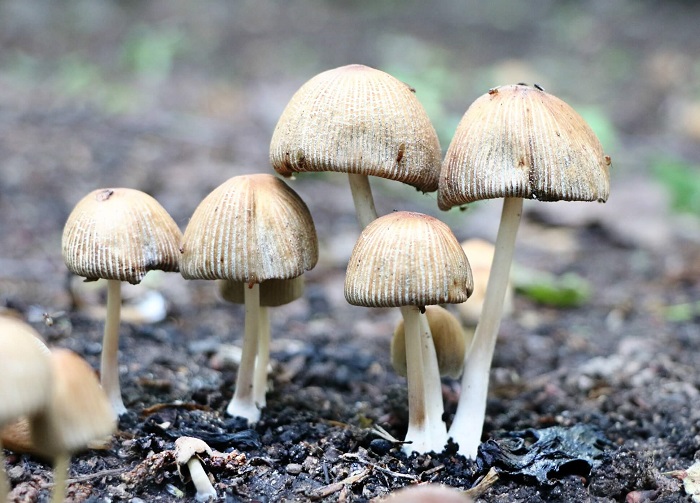ISABEL RUBIO ARROYO | Tungsteno
A few months ago, we looked at the research of scientists who want to create clothes that can charge mobile phones. Now, a trio of researchers from Newcastle University and Northumbria University in the UK have come up with another project: to create clothes from fungal cells that are capable of self-repair. We investigate this initiative, details of which have been published in the scientific journal Advanced Functional Materials.
How to create self-repairing mycelium
"Engineered living materials composed entirely of fungal cells offer significant potential due to their functional properties such as self-assembly, sensing, and self-healing," say the authors, who note that the root-like filaments produced by some fungi are also biodegradable. The research is based on the fungus Ganoderma lucidum (better known as reishi mushroom), a natural medicine recommended by some Asian naturopaths despite its unproven health benefits, according to MedlinePlus.
Scientists have produced a type of tissue from branching filaments called hyphae, which intertwine to form a structure called mycelium. Mycelium-based materials are being used in a variety of fields: in the construction industry to achieve a circular economy, in cosmetics, food, medicine and textiles. Some research suggests that mycelium can be treated to produce a material known as mycelium leather because of its resemblance to cowhide.
Tests have been carried out on the fungus Ganoderma lucidum. Credit: Eric Steinert
The secret of self-healing fabrics
In most cases, the fungal spores that help the organism to regenerate are removed during the production of these materials. But the UK researchers have developed a new method to grow their own mycelium. They add active chlamydospores to a liquid mixture of carbohydrates, proteins and other nutrients. They then wait for a thick skin to form on top of the liquid, which they then remove and dry. Finally, they apply a mix of temperatures and chemicals that made the material leather-like without killing the embedded chlamydospores.
"Chlamydospores, thick-walled vegetative cells formed at the hyphal tip, may be the key to the material's self-healing properties," the authors explain. The research concludes that the material could survive in dry environments and that self-healing is possible with minimal intervention after a recovery period of two days.
In one of their tests, the scientists punched several holes in the material and then placed it in the same liquid bath they used to create it. As it dried, the researchers found that the revived chlamydospores filled in the holes over time. The restored material was as strong as before, although it was still possible to see where the holes had been.
Scientists have developed a material that can repair itself over several days. Credit: Advanced Functional Materials
A slow process with limitations
"The ability of this regenerative mycelium material to heal micro and macro defects opens up interesting prospects," say the researchers. Despite the material's potential, it is still too early to say whether we will one day be wearing mushroom clothing that can repair itself. At the moment, the researchers say, the material is too thin and fragile to make into clothing. However, they hope to be able to develop a stronger skin, for example by combining layers.
Another challenge is that the self-healing process is still very slow. In fact, in the tests carried out by the scientists, the repair process took several days. It remains to be seen whether it can be accelerated over time. If a durable textile material that can repair itself is eventually developed, it could be used for more than just fashion. For example, mycelium materials could be used in leather products such as furniture, car upholstery or even accessories such as bags, wallets or mobile phone cases.
Tungsteno is a journalism laboratory to scan the essence of innovation.
